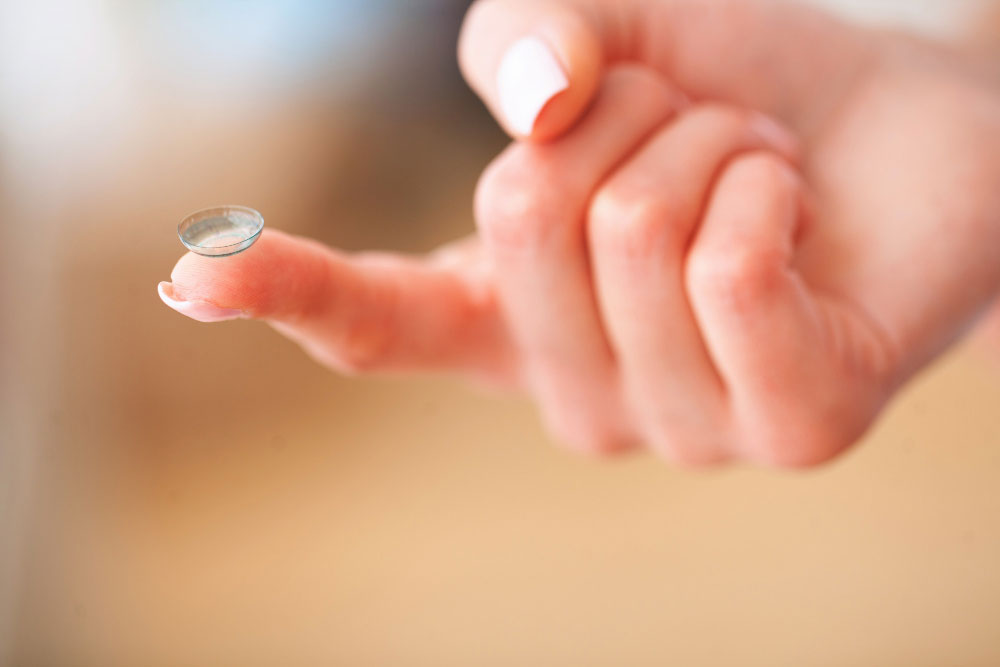The History of Contact Lenses: From Ancient Times to Modern Innovations June 7, 2024

Contact lenses have become an indispensable part of modern vision correction, offering convenience, comfort, and clarity to millions of people worldwide. However, the journey of contact lenses dates back to ancient times, with remarkable developments and innovations shaping their evolution over the centuries. In this article, we delve into the fascinating history of contact lenses, tracing their origins, milestones, and the transformative impact they’ve had on vision correction.
Ancient Beginnings:
The concept of using lenses to improve vision traces back to ancient civilizations, where early attempts at vision correction involved crude forms of magnification. Around 1500 BCE, the ancient Egyptians used glass blown into the shape of small bowls filled with water, known as “reading stones,” to magnify objects and texts. Similarly, the ancient Greeks and Romans experimented with glass objects filled with water to enhance vision.
The Birth of Modern Contact Lenses:
The true precursor to modern contact lenses emerged in the late 19th century with the pioneering work of German glassblower F.A. Muller. In 1887, Muller crafted the first known glass contact lenses, although they were impractical due to their size and discomfort. It wasn’t until the early 20th century that significant advancements in lens materials and designs began to take shape.
The Milestone of Plastic:
One of the most significant breakthroughs in contact lens history occurred in 1936 when optometrist William Feinbloom introduced the first plastic contact lens made from polymethyl methacrylate (PMMA). This lightweight and shatter-resistant material revolutionized the industry, offering improved comfort and durability compared to glass lenses.
The Soft Lens Revolution:
The next major leap forward came in 1961 with the invention of the soft contact lens by Czech chemist Otto Wichterle. Made from hydrogel materials, soft lenses provided enhanced comfort and oxygen permeability, leading to widespread adoption among contact lens wearers. This innovation marked a turning point in the accessibility and popularity of contact lenses.
Advancements in Design and Technology:
Since the introduction of soft contact lenses, the field of contact lens design and technology has continued to evolve rapidly. Innovations such as silicone hydrogel materials, daily disposable lenses, toric lenses for astigmatism, and multifocal lenses for presbyopia have expanded the range of options available to consumers, catering to diverse vision correction needs.
Future Directions:
Looking ahead, ongoing research and development in contact lens technology hold the promise of even more groundbreaking innovations. From smart contact lenses capable of monitoring health metrics to personalized lenses tailored to individual eye characteristics, the future of contact lenses is filled with exciting possibilities.
Conclusion:
From ancient times to modern innovations, the history of contact lenses is a testament to human ingenuity and the relentless pursuit of clearer vision. What began as rudimentary tools for magnification has evolved into sophisticated vision correction devices that enhance the lives of millions. As technology continues to advance, the future of contact lenses holds the potential to transform the way we see the world.
